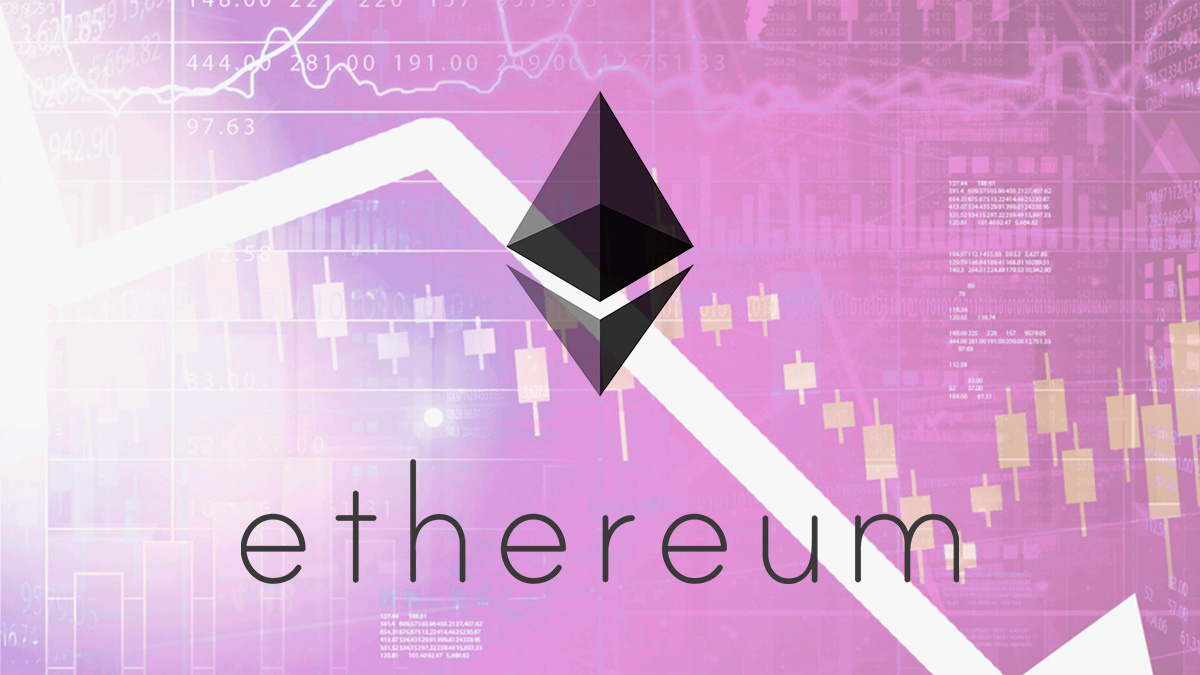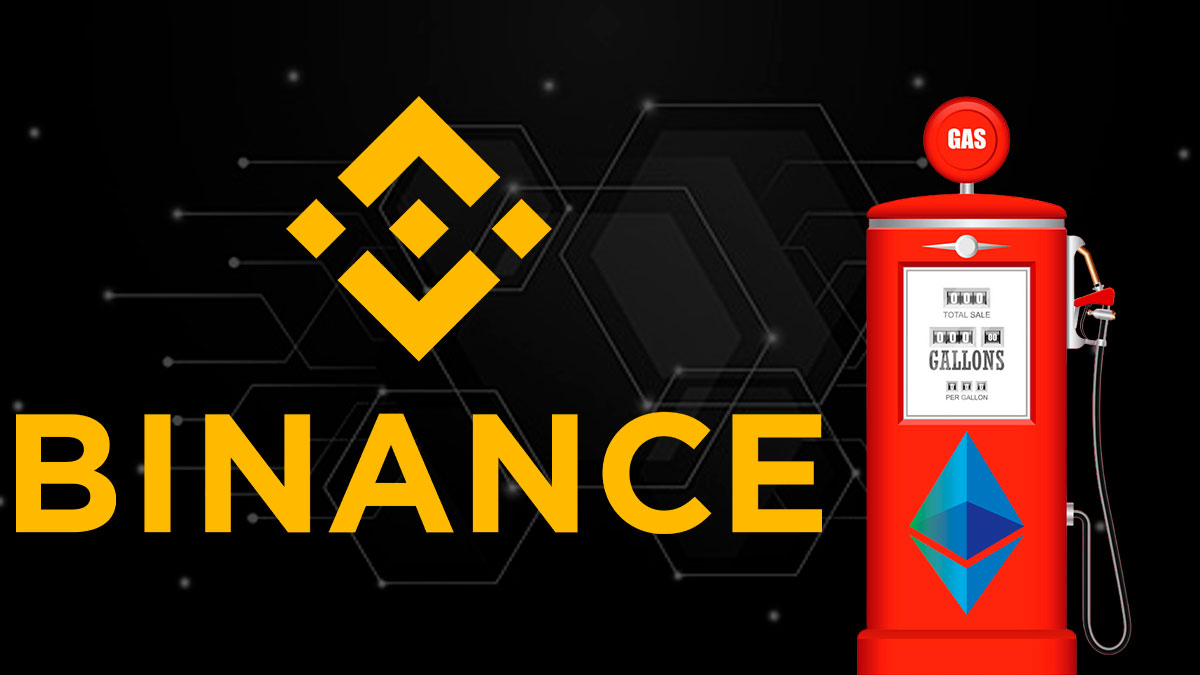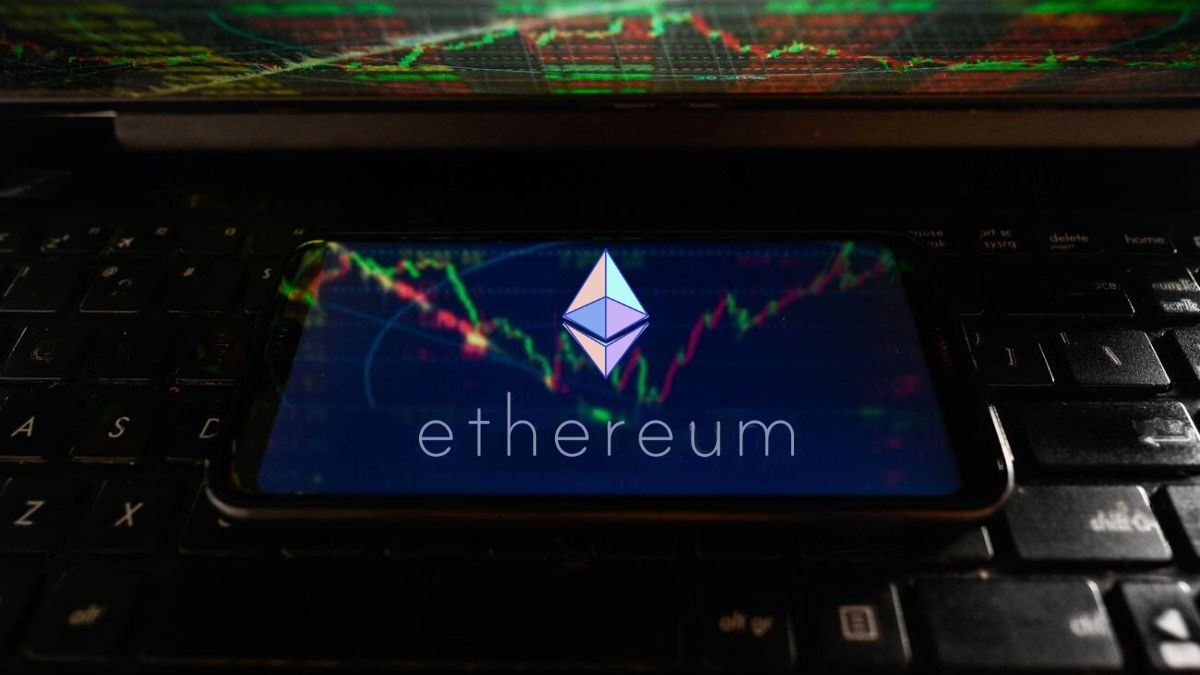
Ethereum Boosts Network Capacity as Validators Approve Gas Limit Increase
TL;DR Ethereum has increased its gas limit for the first time since transitioning to proof-of-stake, enhancing transaction capacity without needing a hard fork. The gas limit

TL;DR Ethereum has increased its gas limit for the first time since transitioning to proof-of-stake, enhancing transaction capacity without needing a hard fork. The gas limit

TL;DR Significant Fee Reduction: Vitalik Buterin’s proposal aims to cut Ethereum gas fees by up to 80%, making transactions more affordable for users. Efficiency and Speed:

TL;DR Ethereum’s network fees have dropped to a six-month low, with the average transaction fee falling to as low as $1.12. This decrease might indicate an upcoming

TL;DR The Base Network has been experiencing skyrocketing gas fees, largely due to a surge in memecoins and an influx of traders, causing concerns among users and

Binance, the well-known cryptocurrency exchange, recently found itself at the center of attention due to its role in the unexpected surge in Ethereum (ETH) gas fees.

Ethereum remains inside a narrow range as a BB squeeze forms. Immediate reaction levels stand at $1,750 and $1,600

Based on the recent development, Polygon plans to introduce a hard fork to limit gas spikes and address chain reorgs. When hard forks are compared to
![Ethereum [ETH] has been deflationary for over 7 days now](https://crypto-economy.com//wp-content/uploads/2021/11/eth.jpg)
The latest data shows that the number of issued ETH tokens was less than burned ones in the network in the last seven days. It marks
![Ethereum [ETH] fees are out of control; BlockFi updates withdrawals fees](https://crypto-economy.com//wp-content/uploads/2021/02/nick-chong-0bO235Rhqec-unsplash-e1612609826244.jpg)
Ethereum transaction has been surging for quite a while now. The recent chart depicted that the figures show no sign of turning back. According to the

When Vitalik Buterin released the Ethereum whitepaper in 2013, he envisioned an ecosystem that would completely change the state of blockchain technology. At the time, investors
Follow us on Social Networks
Crypto Tutorials
Crypto Reviews
© Crypto Economy